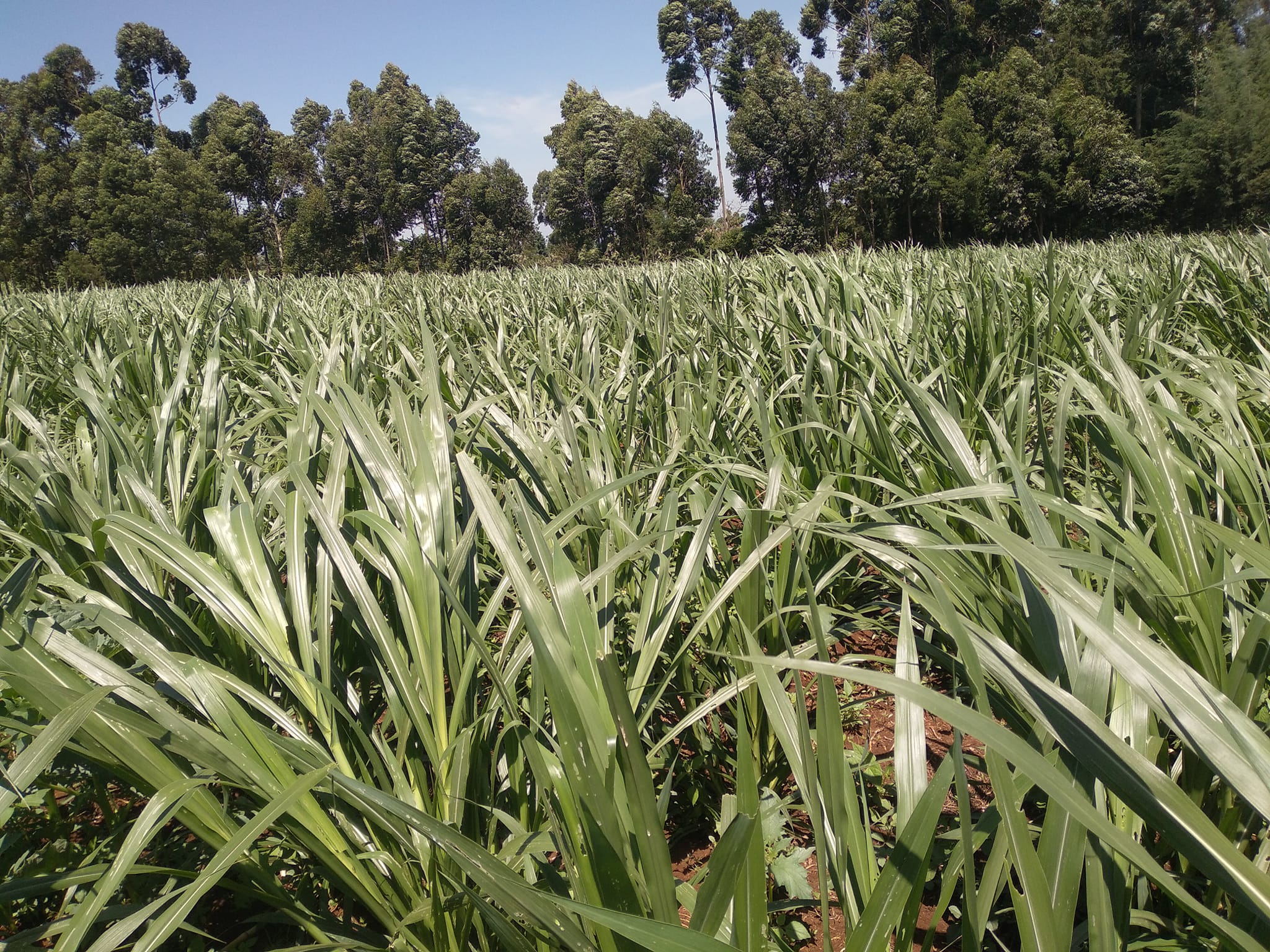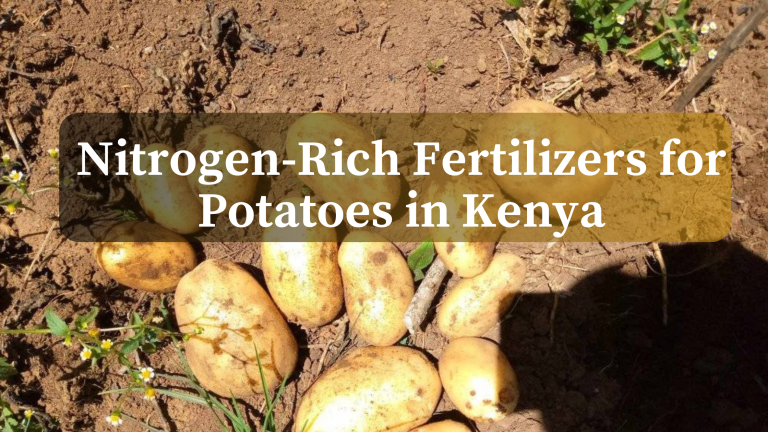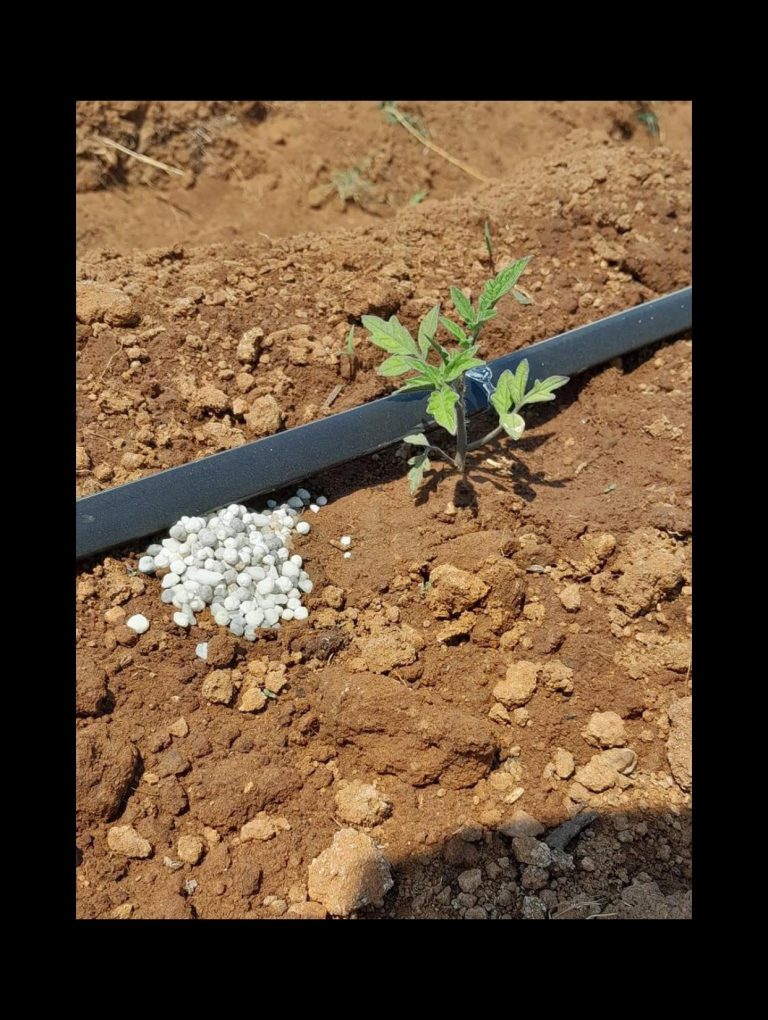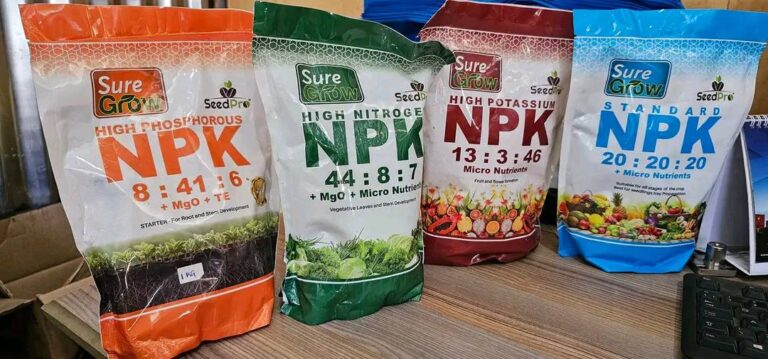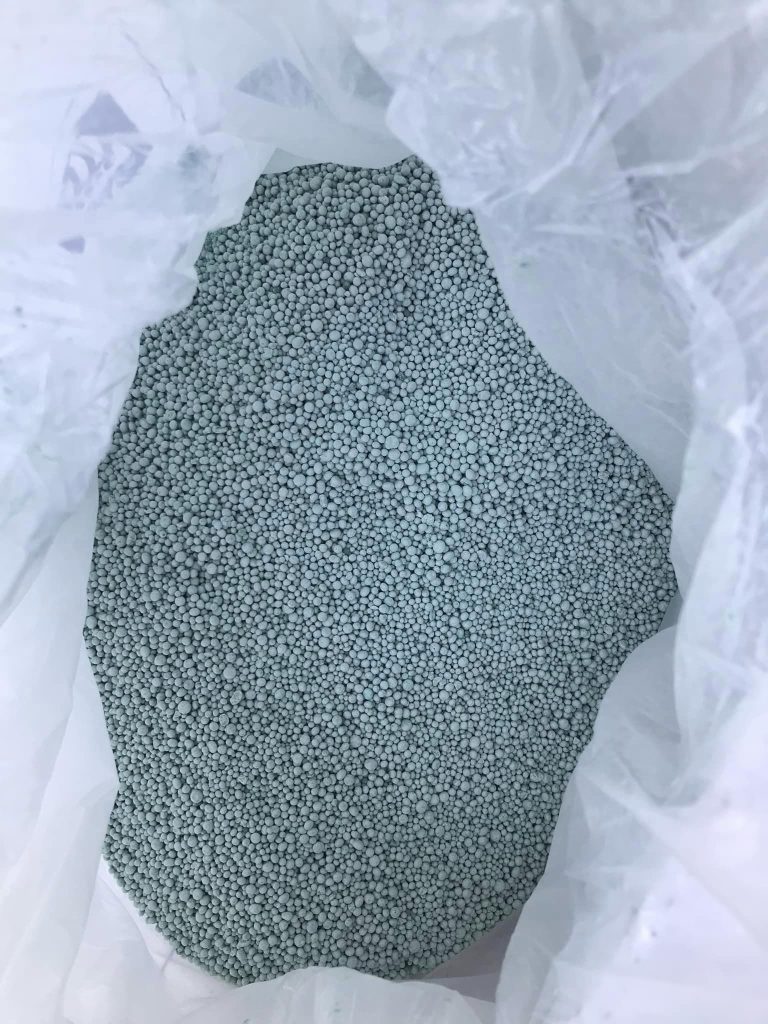What Is The 4 Rs Of Fertilizer Application?
The 4 Rs of fertilizer application represent a comprehensive approach to nutrient stewardship in agriculture.
The 4Rs concept, focusing on the right fertilizer rate, source, placement, and timing, is crucial for maximizing fertilizer-use efficiency and minimizing environmental impact.
Farmers should carefully consider all options for each component and select the best combinations to enhance crop profitability and reduce negative environmental effects.
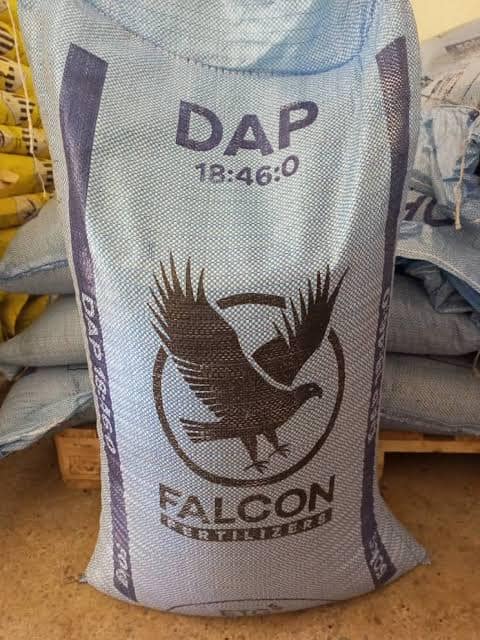
Let’s delve into each of these principles:
Right Rate:
The “right rate” refers to the application of fertilizers at the appropriate quantity to meet the specific needs of the crop and soil conditions. This involves determining the optimal amount of nutrients required for healthy plant growth and adjusting the application rate accordingly.
Over-application can lead to nutrient runoff and environmental pollution, while under-application may result in nutrient deficiencies and reduced crop yields. Soil testing and crop nutrient requirement assessments are essential for determining the right rate of fertilizer application.
Right Source:
The “right source” emphasizes selecting the correct type of fertilizer that provides the necessary nutrients in a form that is readily available to the plants.
Different crops and soil types have varying nutrient requirements, and choosing the appropriate fertilizer ensures efficient nutrient uptake by the plants.
Common fertilizer sources include nitrogen (N), phosphorus (P), and potassium (K), but there are also specialized fertilizers tailored to specific crop needs, such as micronutrient fertilizers for addressing deficiencies.
Right Placement:
Proper placement of fertilizers ensures that nutrients are distributed in a manner that maximizes their availability to the plants while minimizing losses to the environment.
Placement methods include broadcasting, banding, fertigation, foliar application, and microinjection, each offering advantages depending on the crop and soil characteristics.
By placing fertilizers closer to the root zone or incorporating them into the soil, growers can enhance nutrient uptake efficiency and reduce the risk of nutrient leaching or runoff.
Right Timing:
The “right timing” involves applying fertilizers at the most opportune moment to coincide with the crop’s growth stages and nutrient uptake patterns. Timing applications based on crop demand helps optimize nutrient utilization and minimize losses.

For example, applying nitrogen fertilizer during periods of rapid plant growth can maximize its uptake efficiency and minimize losses through volatilization or leaching.
Also, timing fertilizer applications to avoid sensitive periods such as heavy rainfall can reduce the risk of nutrient runoff and pollution.
Overall, adhering to the 4 Rs of fertilizer application—right rate, right source, right placement, and right timing—supports sustainable agriculture by optimizing nutrient use efficiency, enhancing crop productivity, and minimizing environmental impacts.
Summary: Optimizing Nutrient Management with 4R Practices for Crop Profitability and Environmental Protection
- Right Source:
- Selecting the least expensive source of nutrients is important
- Consideration of controlled-release fertilizers and organic sources is crucial
- Right Rate:
- Soil testing helps determine the amount of nutrients required for profitable crop production
- The right rate varies for different applications and types of crops
- Right Timing:
- Understanding the crop growth pattern and changing nutrient demands is essential
- Timely fertilizer application is crucial to meet the needs of growth
- Right Placement:
- Efficient placement of nutrients in the root zone is important for maximum nutrient uptake
- Placement methods and timing interact to optimize nutrient absorption by the plant
Integrated Approach:
- Optimal nutrient management involves a combination of practices
- The selection of best practices is essential for profitable crop production and environmental protection
Importance of Irrigation Management:
- Irrigation management is crucial in sandy soils for optimal nutrient utilization
- Right irrigation practices are important for both crop production and environmental protection
